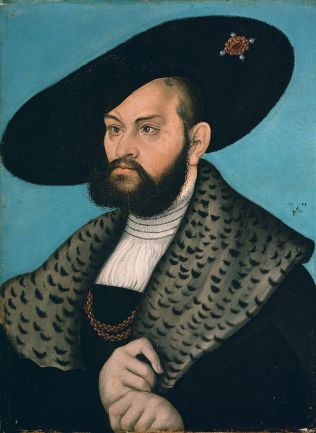David has been writing the programme for the concerts at the end of April and here is the introduction with some extra pictures.
In 2011 I came into possession of a facsimile reprint of a manuscript of German, Flemish and French consort pieces of the early 16th century, now held in the vast collection of the National Library of Austria, in Vienna, bearing the shelf mark Vienna Ms. 18 810.

The reprint, containing all five partbooks (Discantus, Contratenor, Tenor, Bassus & Quinta Vox), is no longer available and the manuscript is not widely known by exponents of music of this period. I soon discovered, to my surprise, that there is no complete modern edition available of this important source, so I set to, transcribing and editing all 86 pieces in the collection. This task is now complete, with the edition available from Peacock Press, in four volumes and this evening’s concert is the fruit of those years of labour.
Looking at secular music from the German-speaking lands of the early 16th century, one is struck by the large number of sources, both hand-written and printed, that have survived. From the beginning of the century, when the Venetian Ottaviano Petrucci published his Harmonice Musices Odhecaton in 1501, using the most exquisitely executed movable type, the printing of music books became widespread.


This was especially true in the Germanic lands, where the radical thinking of Luther and his reformists demanded the mass production of pamphlets, resulting in an explosion of private printing houses. In fact, this corpus of surviving sources probably represents only a small fraction of what was produced at the time. We have, in all likelihood, lost more German sources from this period than from any other time or place in the early modern era.
These books were produced for a variety of reasons. Many were the product of those professional printing houses and sold in relatively large numbers. Others, among them some of the most beautifully decorated and bound manuscripts, were hand-made and illuminated by the finest artists of the day (Hieronymus Bosch served his apprenticeship as an illuminator of manuscripts) and were destined to be prized possessions of the wealthy elite of Europe.



Ms. 18 810 is indeed hand-written, by a single, professional scribe, but it is (and was always intended to be) entirely un-adorned. There are no colour illuminations in the margins, there is not even a single decorated, monochrome capital letter, but the hand is assured and of even quality throughout the five partbooks. It has been suggested that the scribe was Lukas Wagenrieder, who was one of Ludwig Senfl’s main copyists.
![WagenriederLukas [Schreiber]9 Sacred songs](https://linarolconsort.files.wordpress.com/2018/04/wagenriederlukas-schreiber9-sacred-songs.jpg?w=820)
He worked with Senfl in Munich, when the composer was there after 1523, and watermarks in the paper used for the manuscript attest to Munich as the place of origin. Dating the manuscript more accurately is difficult, but a significant clue is given in the headings of three of the pieces, Nos. 70, 72 and 73 (settings of the popular tenor O Fortuna), which bear the dates 21 Sept. 33, 28 Sept. Anno dni 1533 and Anno dni 1533 primo octobris. There is also the possibility that three pieces near the end of the collection, Nos. 83, 84 & 85, which each share the same tenor line, were the three “tenors referring to our person” requested by Duke Albrecht IV of Prussia in a letter to Senfl dated 1534. No.84 bears the title Albrecht mirs schwer und gros lied. These small pieces of evidence and other trails point to a date of completion of the manuscript of around 1535.

